- Iowa Western Community College is a learning community committed to excellence in meeting the educational needs and improving the quality of life through programs, partnerships and community involvement.
School Highlights
Iowa Western Community College serves 8,143 students (30% of students are full-time).
The college's student-teacher ratio of 16:1 is lower than the state community college average of 17:1.
Minority enrollment is 34% of the student body (majority Hispanic and Black), which is more than the state average of 32%.
Quick Facts (2025-26)
- Enrollment: 8,143 students
- In-state tuition: $4,560
- Out-state tuition: $4,710
- Student-teacher ratio: 16:1
- Minority enrollment: 34%
- Source: Integrated Postsecondary Education Data System (IPEDS)
Top Rankings
Iowa Western Community College ranks among the top 20% of public schools in Iowa for:
Category
Attribute
Community Size
School Overview
The teacher population of 519 teachers has stayed relatively flat over five years.
Iowa Western Community College
(IA) Community College Avg.
Carnegie Classification
Associate's Colleges: Mixed Transfer/Career & Technical-High Nontraditional
Not applicable, not in Carnegie universe (not accredited or nondegree-granting)
Institution Level
At least 2 but less than 4 years
At least 2 but less than 4 years
Institution Control
Public
Private not-for-profit
Colors
White, Royal blue, Silver, Ice Blue
Total Faculty
519 staff
274 staff
School Calendar
Student Body
The student population of Iowa Western Community College has grown by 36% over five years.
The student-teacher ratio of 16:1 has increased from 11:1 over five years.
The Iowa Western Community College diversity score of 0.54 is more than the state average of 0.52. The school's diversity has grown by 16% over five years.
Total Enrollment
8,143 students
2,140 students
Student-Teacher Ratio
16:1
17:1
# Full-Time Students
2,451 students
148 students
# Part-Time Students
5,692 students
1,992 students
# Enrollment Undergraduate
814 students
333 students
# Full-Time Undergraduate Students
2,451 students
148 students
# Full-Time Graduate Students
n/a
61 students
# Part-Time Undergraduate Students
5,692 students
2,075 students
# Part-Time Graduate Students
n/a
403 students
Total Dormitory Capacity
1,248 students
400 students
% American Indian/Alaskan
1%
n/a
% Asian
3%
3%
% Hispanic
9%
9%
% Black
8%
7%
% White
66%
68%
% Hawaiian
n/a
1%
% Two or more races
2%
3%
% Non Resident races
3%
1%
% Unknown races
7%
8%
Diversity Score
0.54
0.52
College Completion Rate (Students who graduate in less than 4 years)
36%
51%
College Completion Rate (Students who graduate in 4 years or more than 4 years)
n/a
26%
Average Graduate Earnings (10 Years)
$34,700
$33,600
Tuition and Acceptance Rate
The public in-state tuition of $4,560 is more than the state average of $4,331. The in-state tuition has declined by 25% over four years.
The public out-state tuition of $4,710 is less than the state average of $4,920. The out-state tuition has declined by 24% over four years.
In-State Tuition Fees
$4,560
$4,331
Out-State Tuition Fees
$4,710
$4,920
Tuition Notes
$214 per credit hour for Iowa residents; $219 per credit hour for non-Iowa residents and international students.
% Students Receiving Some Financial Aid
89%
93%
Median Debt for Graduates
$11,456
$11,250
Median Debt for Dropouts
$5,500
$5,500
Acceptance Rate
n/a
72%
ACT Composite
n/a
22
ACT English
n/a
22
ACT Math
n/a
21
Sports
Total Sports Offered
11 sports
Sports
BowlingCheering
Cross CountryDance
FootballGolf
SoccerSoftball
Track and FieldVolleyball
Wrestling
Extracurriculars
Total ExtracurricularsTotal Extra-curric.
4 extracurriculars
ExtracurricularsExtra-curric.
Arts and Music Programs:
Recreational Athletic Programs:
BandChoir
Theater
Recreational Athletic Programs:
Intramural Sports
Source: 2024 (or latest year available) Integrated Postsecondary Education Data System (IPEDS) , School Administrators
School Notes
- School Mascot: Reiver
- Clarinda Junior College, which was established in 1923 and had a long history of providing a two-year liberal arts education in Southwest Iowa, was selected to serve as one campus, and a new campus was located in Council Bluffs. The College expanded into other parts of the district with the establishment of centers in Atlantic (Cass County Center), Harlan (Shelby County Center), and Shenandoah (Page/Fremont County Center). On January 23, 1967, two vocational-technical programs were started using facilities in Council Bluffs. A major development was the addition of a liberal arts curriculum at the Council Bluffs Campus in the fall of 1968. Currently the College offers 84 different vocational/technical programs and Arts and Sciences/Transfer majors. Fall 2003 enrollment was 4,205 students. In addition, there are over 42,795 enrollments in continuing education classes each year. Iowa Western has been a vital part of the development of southwest Iowa for the past 32 years. From providing students with the necessary resources to start on a bachelor's degree; offering services to employers to increase economic development; providing continuing education courses; and offering numerous two-year degrees in technical areas, Iowa Western continues to set the standard for colleges throughout the area.
Frequently Asked Questions
How much does Iowa Western Community College cost?
Iowa Western Community College's tuition is approximately $4,560 for In-State students and $4,710 for Out-State students.
What sports does Iowa Western Community College offer?
Iowa Western Community College offers 11 interscholastic sports: Bowling, Cheering, Cross Country, Dance, Football, Golf, Soccer, Softball, Track and Field, Volleyball and Wrestling.
What is Iowa Western Community College's ranking?
Iowa Western Community College ranks among the top 20% of community college in Iowa for: Largest student body.
Recent Articles

How to Transfer from Community College to a Four-Year University in 2025
A step-by-step guide for community college students transferring to a four-year university in 2025 — updated strategies, data and expert insights.

Scholarships for Community College Students 2025
Explore updated scholarship programs, tuition data, and expert strategies for community college students in 2025.

The Rise of Technical and Vocational Training in 2025
Explore the 2025 surge in technical and vocational training—enrollment, policy, costs, and why this path is gaining ground for students and parents.



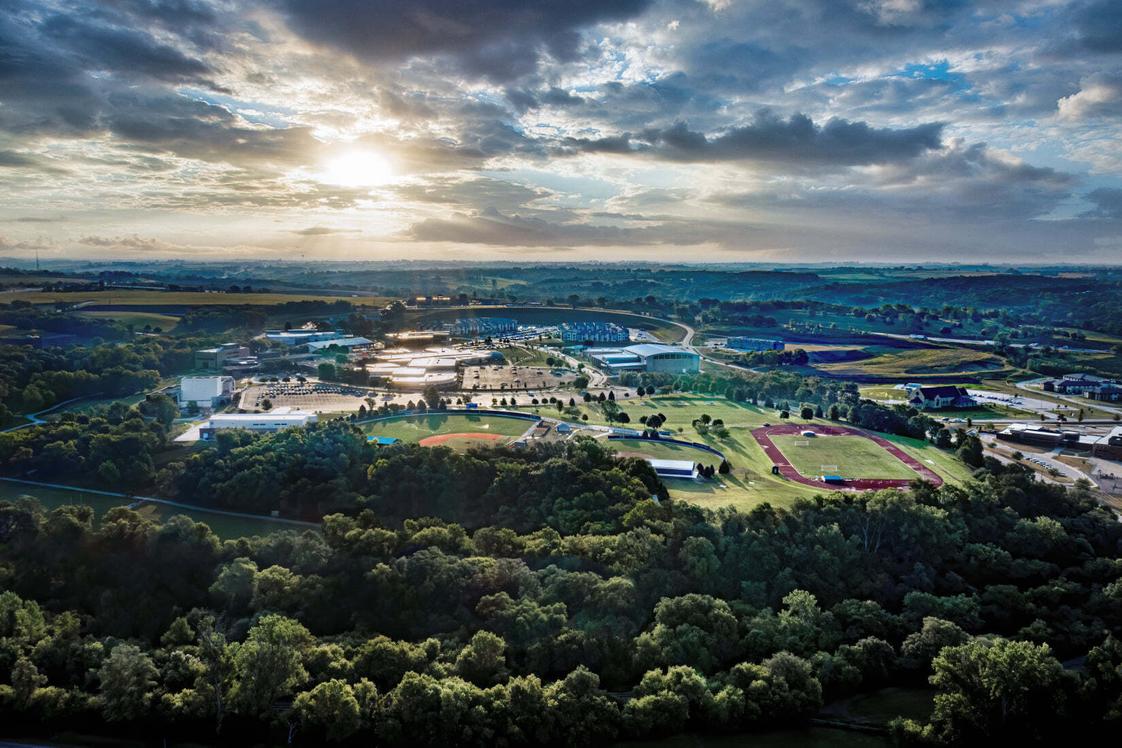



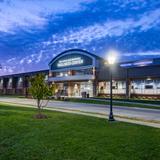




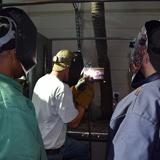
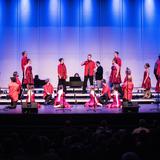
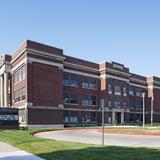

![UWCC - Premier Small Coed
Program: Iowa Western Community College Iowa Western Community College (USA) [UWCC - Premier Small Coed - Finals]](https://i.ytimg.com/vi/R04ls0KH20s/0.jpg)
![UWCC - Premier Large Coed
Program: Iowa Western Community College Iowa Western Community College (USA) [UWCC - Premier Large Coed - Finals]](https://i.ytimg.com/vi/349vnZgGlhk/0.jpg)





